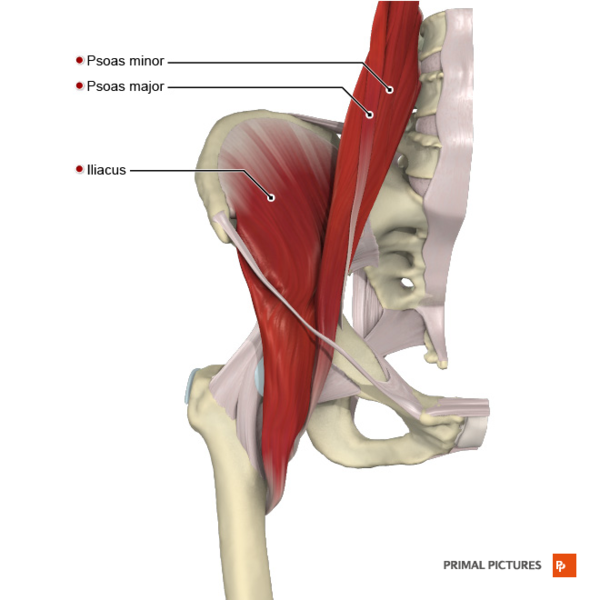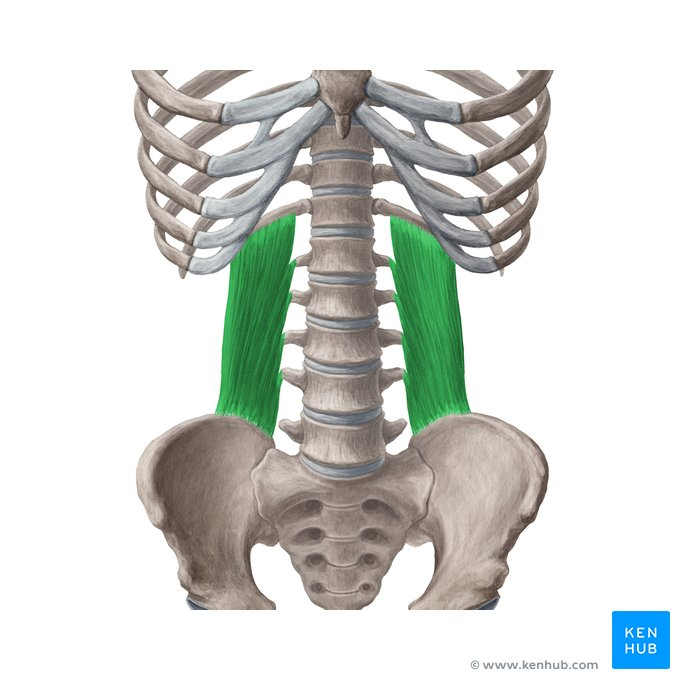The Key Muscles for Movement:
A Deep Dive into the Iliopsoas and Quadratus Lumborum
By Maria Scalone, State Licensed and Board Certified Massage Therapist
Hello Everyone, My name is Maria Scalone. I am a State Licensed and Board Certified Massage Therapist. I have been a Massage Therapist for seventeen years. My clients are always interested in why we treat certain muscles.
Today I would like to talk to you about two very closely related muscles – The Iliopsoas and the Quadratus Lumborum. Our appendicular skeleton for the most part determines how we communicate and move through life.
The Iliopsoas and Quadratus Lumborum are the key muscles for movement. Peggy Lamb LMT, stated in her book, “The Core of the Matter, Releasing the Illiopsoas and Quadratus Lumborum”. “The Illiopsoas and Quadratus Lumborum are like the parents in a stable and functional family. Their children (The arms and legs) can go out into the world freely and return home again and again to a stable center.”
We as massage therapists treat these muscles when a client tells us they have lower back pain. You as a client may have tweaked your lower back by doing things like shoveling snow. Sitting too long and having difficulty standing up afterwards. (We see this in sedentary desk workers. People who drive for long periods, and the sedentary elderly). Pain in the anterior and or lateral thigh due to activation of trigger points in the Tensor Facia Latae, Gluteus Minimus and Medius. Scoliotic Curve. Abnormal gait, Difficulty climbing stairs (loss of thigh flexion) Loss of full thigh extension.
Reasons to not work the Iliopsoas include pregnancy and untreated hernia, abdominal surgeries, IBS, Surgical mesh. If there is history of abuse, rape or torture, etc. Rest assured that it is never a therapist’s intention to trigger psycho-emotional trauma, but it can happen. We are not psychologists; therefore we are not responsible for a client’s psychological health. If a client chooses not to disclose possible triggers then we are not responsible for a client’s reaction to treatment. We can simply respect your boundaries and stop treatment as a whole or in part. We can refer you to a psychologist who may be able to assist you in healing your past trauma.
Let me introduce you to the Iliopsoas.

This muscle’s home is the lateral aspects of the 12th Thoracic vertebrae and all the Lumbar vertebrae and corresponding discs down to the lesser trochanter of the femur. The Psoas is a long cable-shaped muscle. The Iliacus is a fan-shaped muscle that lives in the upper two thirds of the iliac fossa, lining the wall of the pelvis. The two meet up at the lesser trochanter of the femur. The job of these two muscles is flexion of the thigh at the hip; flexion of the torso. The Iliopsoas plays a significant role in maintaining upright posture.
Did you know that the Psoas is the first muscle to develop in the fetus. If an expecting mother keeps her Psoas loose during the pregnancy, the Psoas will help push the baby out. The Illiopsoas muscle is deeply related to our sympathetic nervous system (fight, freeze or flight); It pulls us into the fetal position protecting our soft and vulnerable parts. The Illiopsoas also is deeply involved in running (Flight response) The Illiopsoas initiates walking, our active movement through space.
Let me introduce you to the Quadratus Lumborum.

This muscle lives on the inferior surface of the 12 rib, lumbar vertebrae 1-4 the crest of the ilium and iliolumbar ligament. It laterally flexes the spine (Bending to the side), elevates the hip on the same side, stabilizes the 12 rib on inhalation and forced exhalation. provides powerful stability so we can walk and maintain upright posture.
Some believe that complete bilateral paralysis of the Quadratus Lumborum would make walking impossible, even with braces. If this fundamental stabilizing muscle is stressed any movement can become painful, including urination and defecation. Weight bearing positions and any position that requires lumbar stabilization may feel excruciating. Minor injuries can cause persistent aching pain and gradual loss of lower back and pelvic flexibility impacting range of motion and vitality.
Reasons to not work the Quadratus Lumborum are Kidney pain as the Quadratus Lumborum directly overlies the kidneys and again if a client has a history of abuse, rape, torture, etc.
